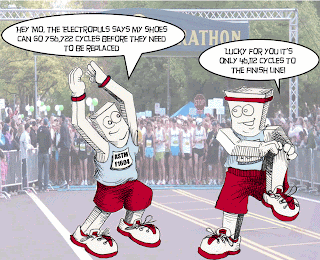These guards also have graduation marks that help with specimen alignment. The v-notch on the center of the guards locates the center of the clamping faces and is ideal for testing wire or round stock. You can adjust the guards laterally, which allows just enough space to insert the specimen, but not your fingers. And no matter the size of your specimen - or your fingers - these guards are available for different clamping faces.
We uploaded a "How To" video showing a lab operator using the safety guards. Take a look! Read more



